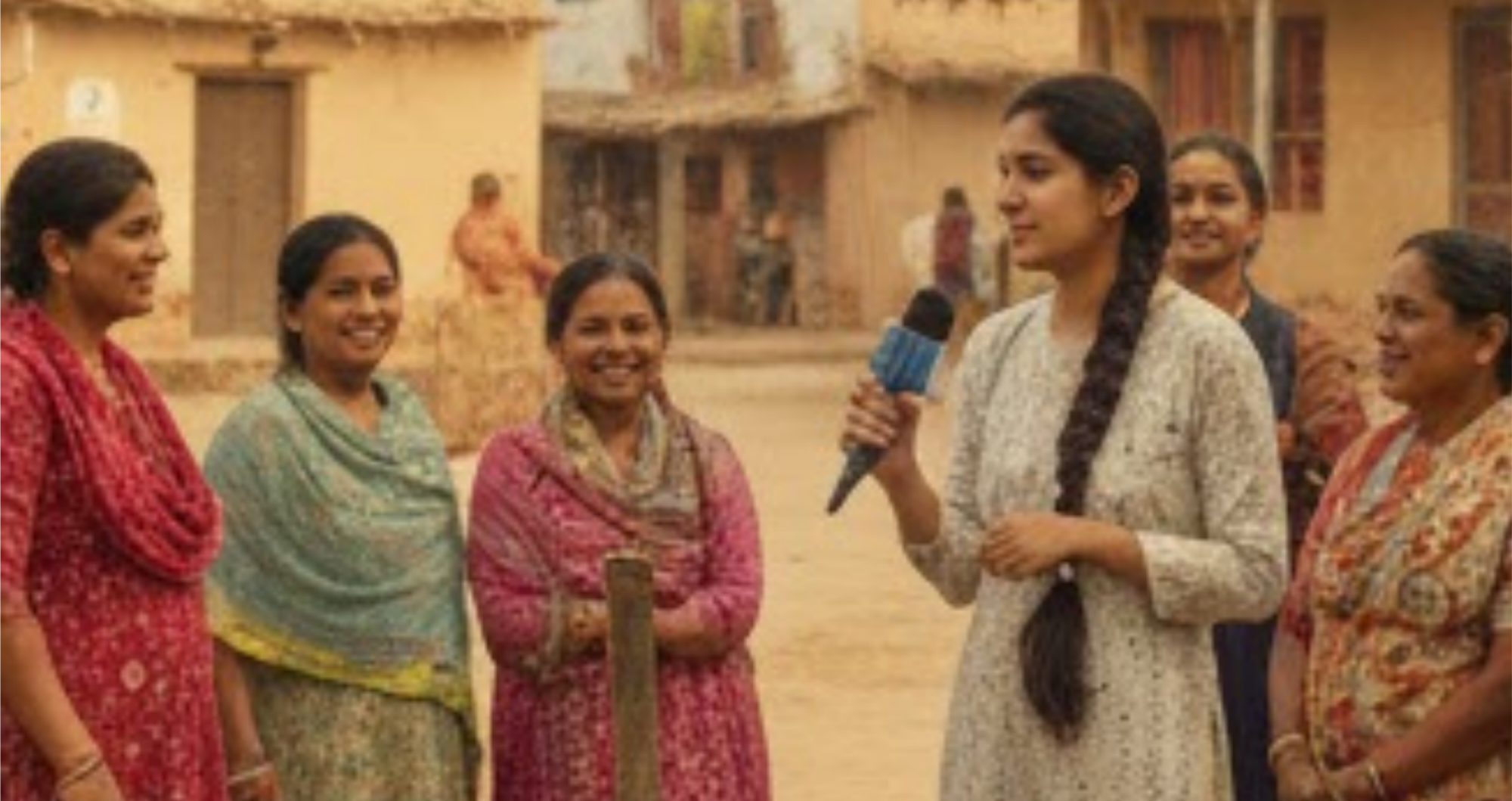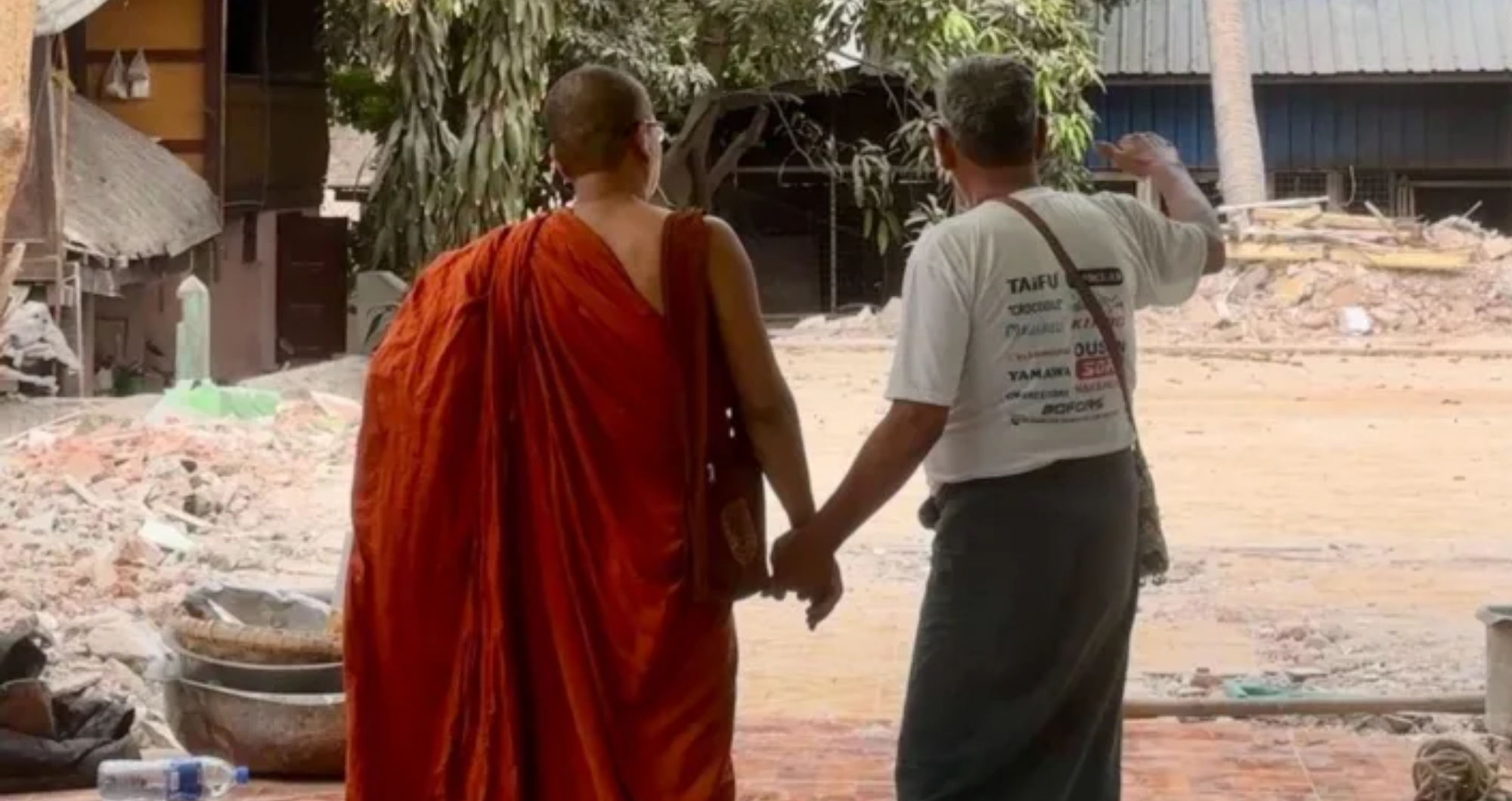Peace is commonly envisioned as the result of conference hall negotiations or as a phrase in treaties between nations. But in India, a land of contradictions and endless variety, peace is lived also in villages, classrooms, and newsrooms. It is constructed not only by what policymakers choose to do, but by the narratives that young people decide to tell—and the silences they decide to break.
The problems of peace i In India, a land of contradictions and endless variety, the problems of peace are not far away or theoretical. They can be seen daily in the increasing polarization, growing disparities, and the rapid dissemination of untruths that pit neighbor against neighbor. For a country with the largest youth population in the world, the burden of overcoming these problems falls heavily on young shoulders. And among these, young journalists and narrators possess a special power: the ability tof these, young journalists and narrators have a special power: the power to frame stories that can either harm or heal.
Mainstream Indian media tends to lean toward speed, sensationalism, and headlines that emphasize conflict. There is little space for nuance, for the voices of the margins, or for tales of unheralded resilience. Peace journalism presents a different vision. Rather than emphasizing violence, it attempts to give prominence to opportunities for dialogue, grassroots reconciliation, and the dignity of communities too readily reduced to stereotype. In a nation where geography, religion, gender, and caste still influence prospects, peace journalism is not just a reporting format—it is an obligation.
Add caption here
Mainstream Indian media tends to lean toward speed, sensationalism, and headlines that emphasize conflict. There is little space for nuance, for the voices of the margins, or for tales of unheralded resilience. Peace journalism presents a different vision. Rather than emphasizing violence, it attempts to give prominence to opportunities for dialogue, grassroots reconciliation, and the dignity of communities too readily reduced to stereotype. In a nation where geography, religion, gender, and caste still influence prospects, peace journalism is not just a reporting format—it is an obligation.
This is where efforts such as You Are Not Alone – Human is Near You enter the scene. From a mental health awareness platform, it has blossomed into a people's movement to decrease both clinical and social disparities. Our work understands that there can be no peace when young women are silenced, stereotyped, or shamed for their suffering. We equip young journalists with the skill to write sensitively about gender, to avoid hasty labels, and report responsibly when reporting on stories involving violence and mental illness. We combat cyber hate by shifting the way images and words represent women, crafting fearless branding initiatives that move them beyondleave them out of the caretaker or victim positions. We are, in the process, creating a more equitable space for media—one where equality is not only discussed but visually and socially reinforced.
“Whatever it is, the way you tell your story online can make all the difference.”
Issue 03 | Reimagining a New Generation of Peace
-

No Planet, No Peace
By Jemilah Mahmood, Maisarah Faiesall, Nazia Ahmad, Zebo Khamraeva
-

If We Can Teach AI to Practise Empathy: Nonflict and a Generation of Peacemakers
By Jonathan Moyal
-

Reimagining a New Generation of Peace with Servant Leadership and Nonviolent Communication
By Janith Perera, Dr Vedabhyas Kundu, Aaliyah Sharplin, Freya Jhugroo, and Kerenhappuch Theruvapalli
-

Reimagining Peace Through Young Voices in India: Spotlight on Women Journalists and Their Stories
By Darra Patel
-

Peace Dwelling and Belonging: Stan Amaladas on rethinking what it means to live well with each other
By Ojeikere Akhadelor
-

Reimagining Peace through Rumi’s Lenses: A Voyage into Poetic Wisdom, Politics, Diplomacy, and the Transcendental
By Fran Farazdaghi and Kaleem Hussain
-

An Alternative Peacebuilding Vision in a Post-Liberal Era
By Dr. Qamar-ul Huda
-

Young Leaders for Peace: Meeting the Moment through Youth Peace Leadership Development at the University for Peac
By Krista Smith, Vail Brokaw, Sasan Korangy, Melissa Wild and Stephanie Knox Steiner
-

Threading the Future: Mentoring the Next Generation of Peacebuilders
By Dr. Aleen Bayard
-

Sing My Soul
By Rey Sirakavit
-

From Grandmother’s Legacy to Global Peacebuilding | Issah Toha Shamsoo
By Rabab Atwi
-

From Pockets to Peace: A collaborative design framework to advance health equity and build peace
By Michelle Helman
-

When the Earth Shook, Faith Held Us Together
By Harry Myo Lin
-

From Shrinking Spaces to Shared Strategies
Insights from Central Asia on how to build collective action for conflict prevention and peacebuilding
By Chinara Esengul, Heloise Heyer, and Samara Papieva
-

From War Memories to Peace Encounters: Constructive Usage of Veteran Experience
By Emina Frljak


